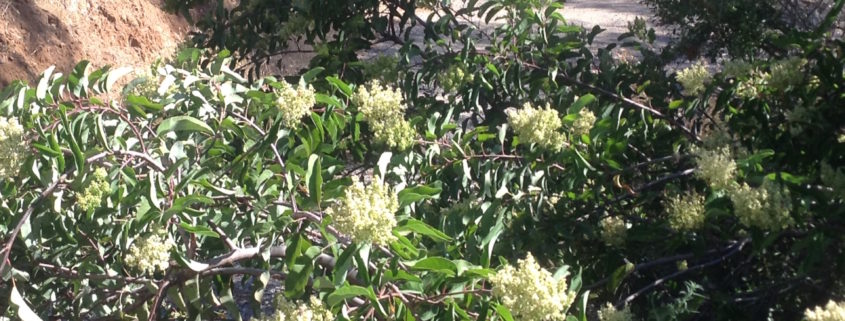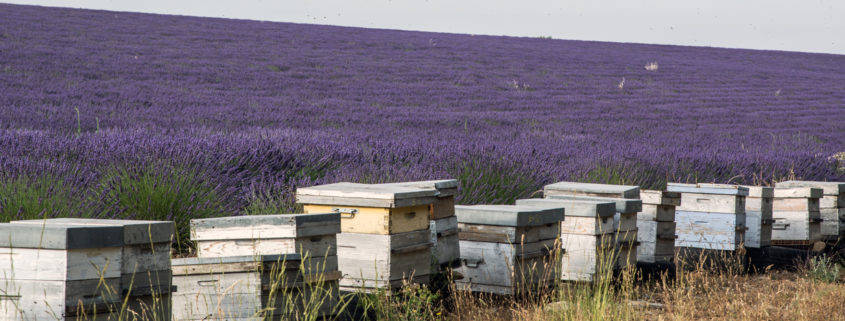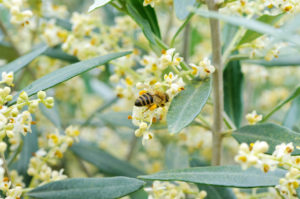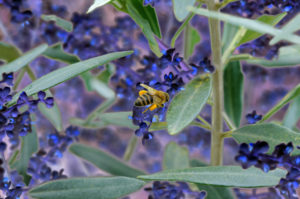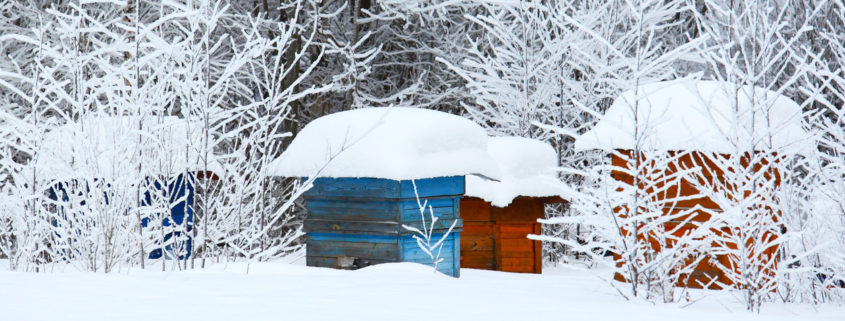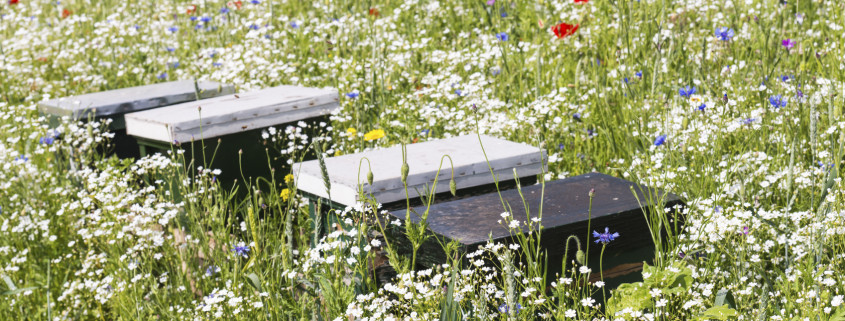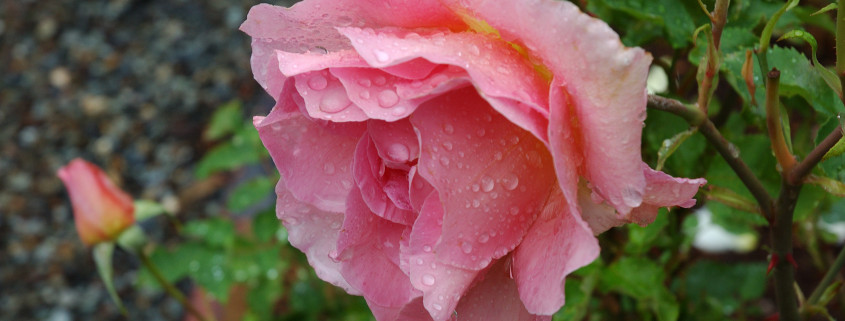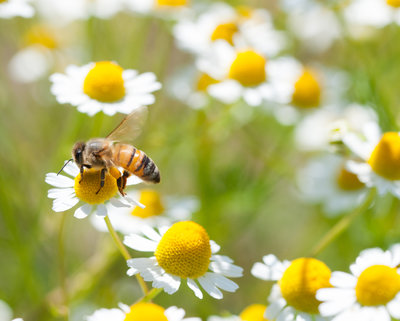Honeybees And Hummingbirds
Here at Wildflower Meadows, it is not just honeybees that buzz overhead each day – our queen-rearing yard is also home to an astonishing number of hummingbirds. One of our employees is a big fan of these amazing creatures. She feeds our local hummingbirds daily, upwards of 36 cups of sugar syrup per day!
Hummingbirds migrate up and down the West Coast of the United States; and our queen apiary here in Southern California appears to be well within their migratory flight path. Depending on the season, we see anywhere from fifty to over a hundred hummingbirds perched around our queen rearing yard daily. They buzz by our beekeepers, sometimes within inches of their heads, while darting to and from their feeders. Some days there can be a small number of hummingbirds passing through; and the next day there can be double, sometimes triple the number stopping by for a drink.
One might think that hummingbirds and honeybees would not be very compatible in the same area. After all, they both drink nectar. It would seem that they would compete with each other and that one might starve the other out. This does not happen, however. Although it is not uncommon to see hummingbirds and bees foraging peacefully together on the same plants, more often than not, the two species go their separate ways. Hummingbirds mostly prefer long, red tubular flowers as their nectar source, while honeybees have little or no ability to access those flowers. Not only can honeybees not identify the color red, but their tongues are not nearly as long as those of hummingbirds to reach the nectar. This tends to keep the two nectar gatherers separate while foraging, each with different flower/nectar preferences.
Possibly the best benefit of having hummingbirds near the apiary is that they keep the mosquitoes and flies at bay. Without the hummingbirds, our bee water gardens might attract mosquitoes. With hummingbirds, however, no mosquitoes, no problem!

